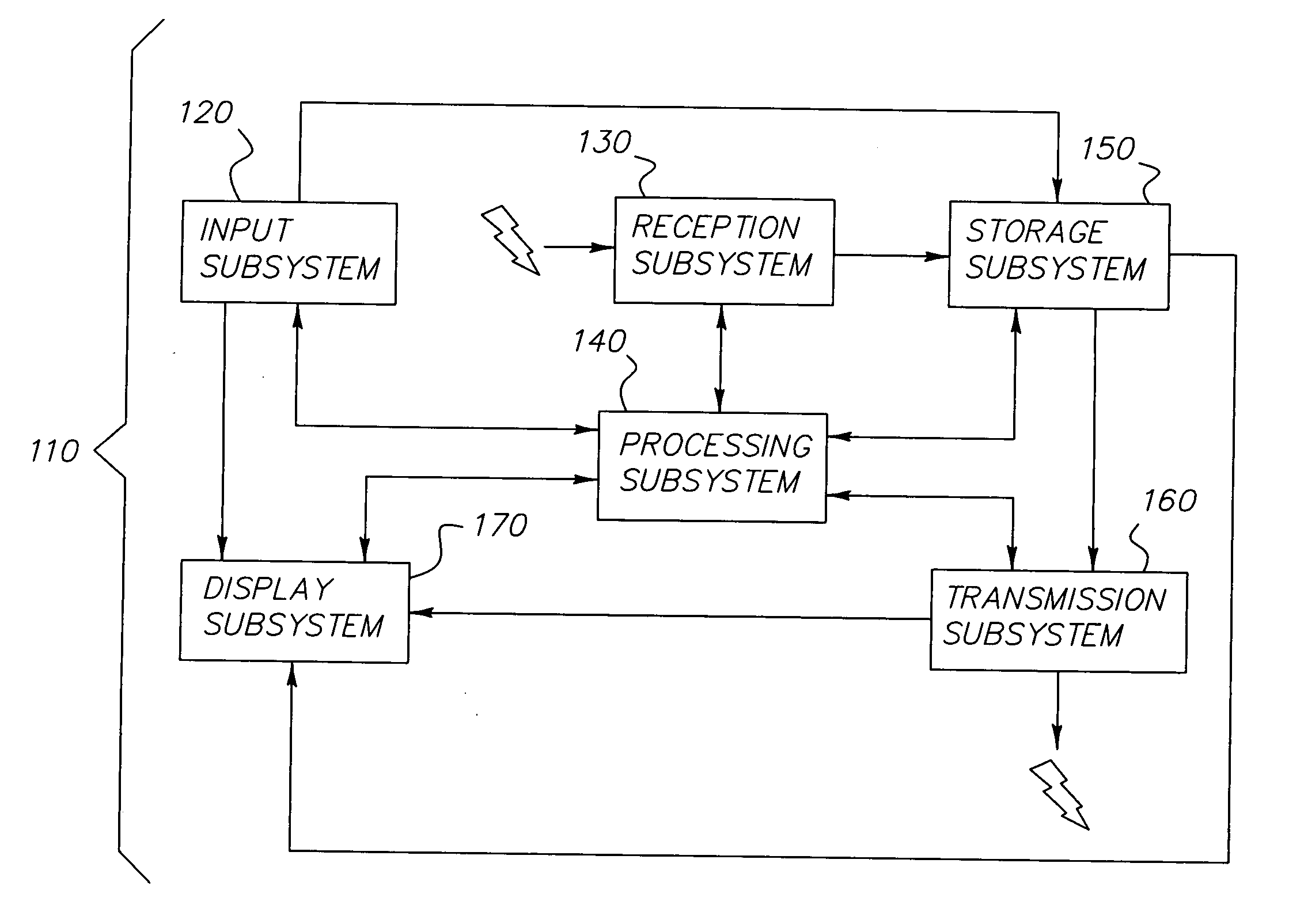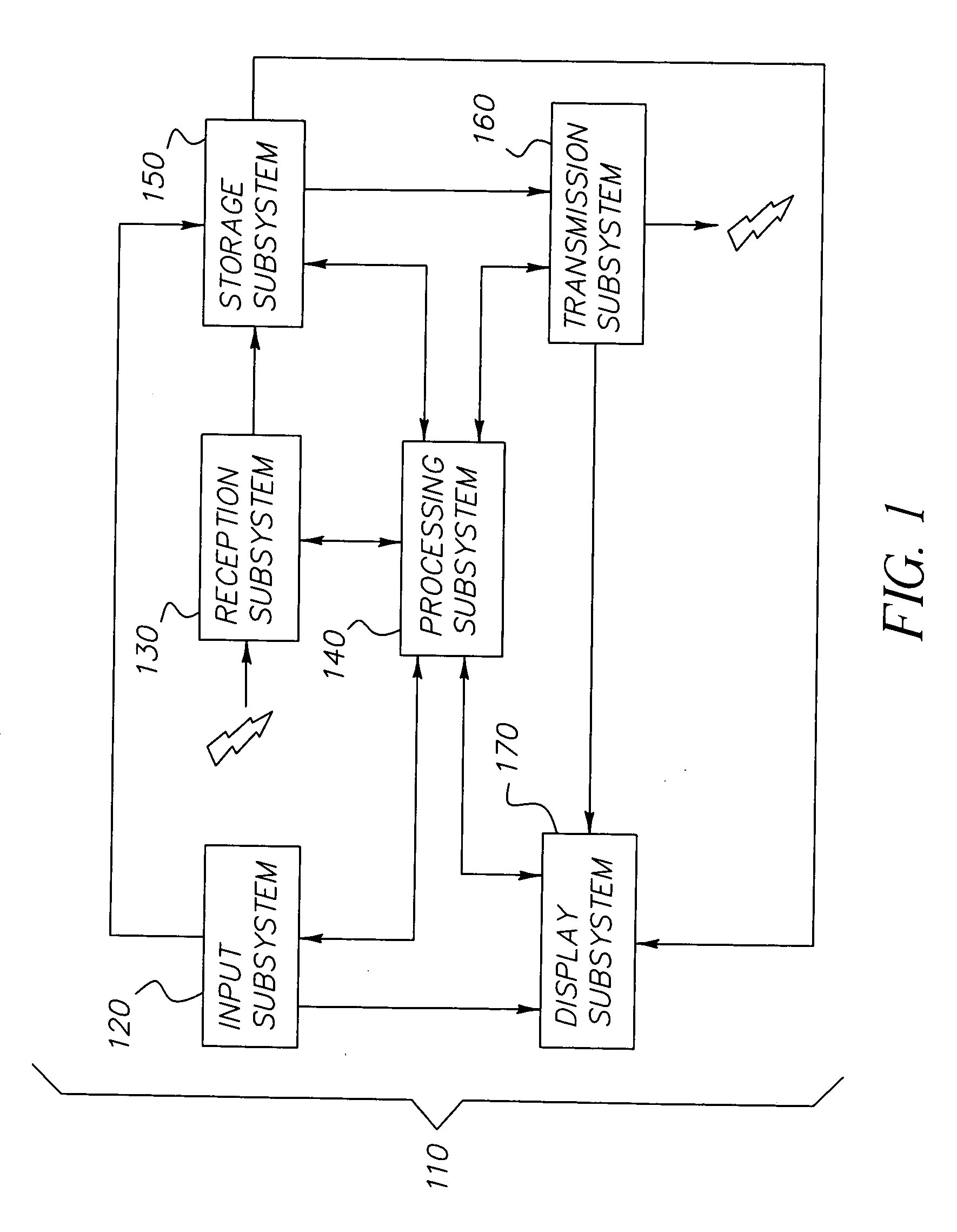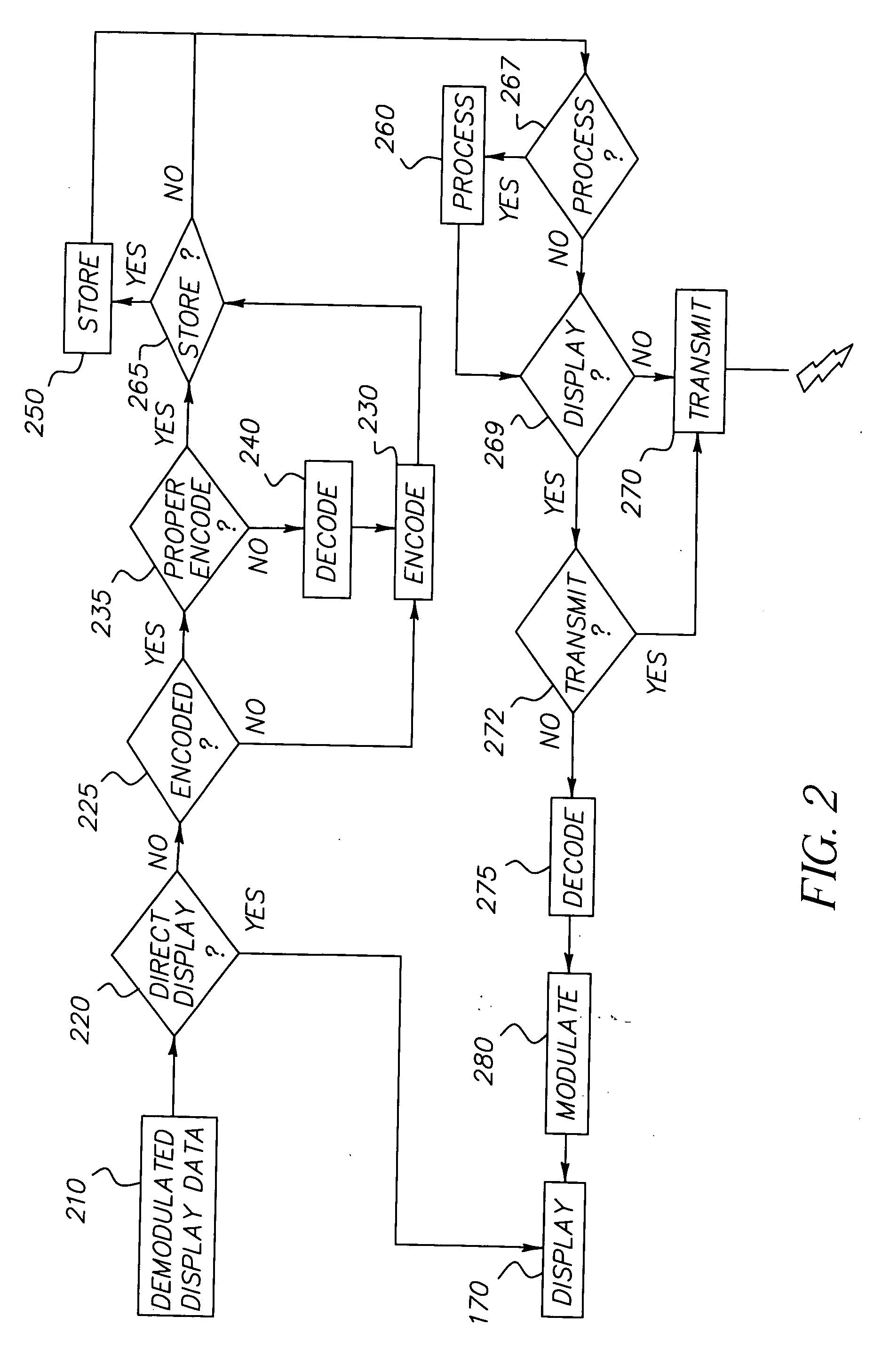Scanless virtual retinal display system
a virtual retina and display system technology, applied in semiconductor lasers, applications, instruments, etc., can solve the problems of reducing the degree to which a viewer is rendered effectively blind to the real world, reducing the effectiveness of the illusion of being immersed in the displayed world, and reducing the degree of lag time, so as to reduce lag time, reduce lag time, and eliminate lag
- Summary
- Abstract
- Description
- Claims
- Application Information
AI Technical Summary
Benefits of technology
Problems solved by technology
Method used
Image
Examples
Embodiment Construction
[0064] The present invention is a virtual retinal display system that addresses the preceding problems by using an array of lasers. Each laser in such an array being addressable individually and in parallel (rather than sequentially) in time and location, thus creating a scanless virtual retinal display. The lasers in the array having qualities typical—and currently unique to—organic VCSEL devices, also herein referred to as organic laser cavity devices and used interchangeably—each such laser requiring extremely low levels of incoherent light as a pump source, easy formation into arrays of non-planar shape, and having both low power and small size which are appealing to display devices that will be used to scan onto the retina. Such a VCSEL is described in U.S. Pat. No. 6,658,037 B2 (Keith B. Kahen et al.)
[0065] Referring to FIG. 1, the scanless retinal display system 110 is composed of subsystems typical and familiar to those versed in the art of assembling immersive display syst...
PUM
 Login to View More
Login to View More Abstract
Description
Claims
Application Information
 Login to View More
Login to View More - R&D
- Intellectual Property
- Life Sciences
- Materials
- Tech Scout
- Unparalleled Data Quality
- Higher Quality Content
- 60% Fewer Hallucinations
Browse by: Latest US Patents, China's latest patents, Technical Efficacy Thesaurus, Application Domain, Technology Topic, Popular Technical Reports.
© 2025 PatSnap. All rights reserved.Legal|Privacy policy|Modern Slavery Act Transparency Statement|Sitemap|About US| Contact US: help@patsnap.com



